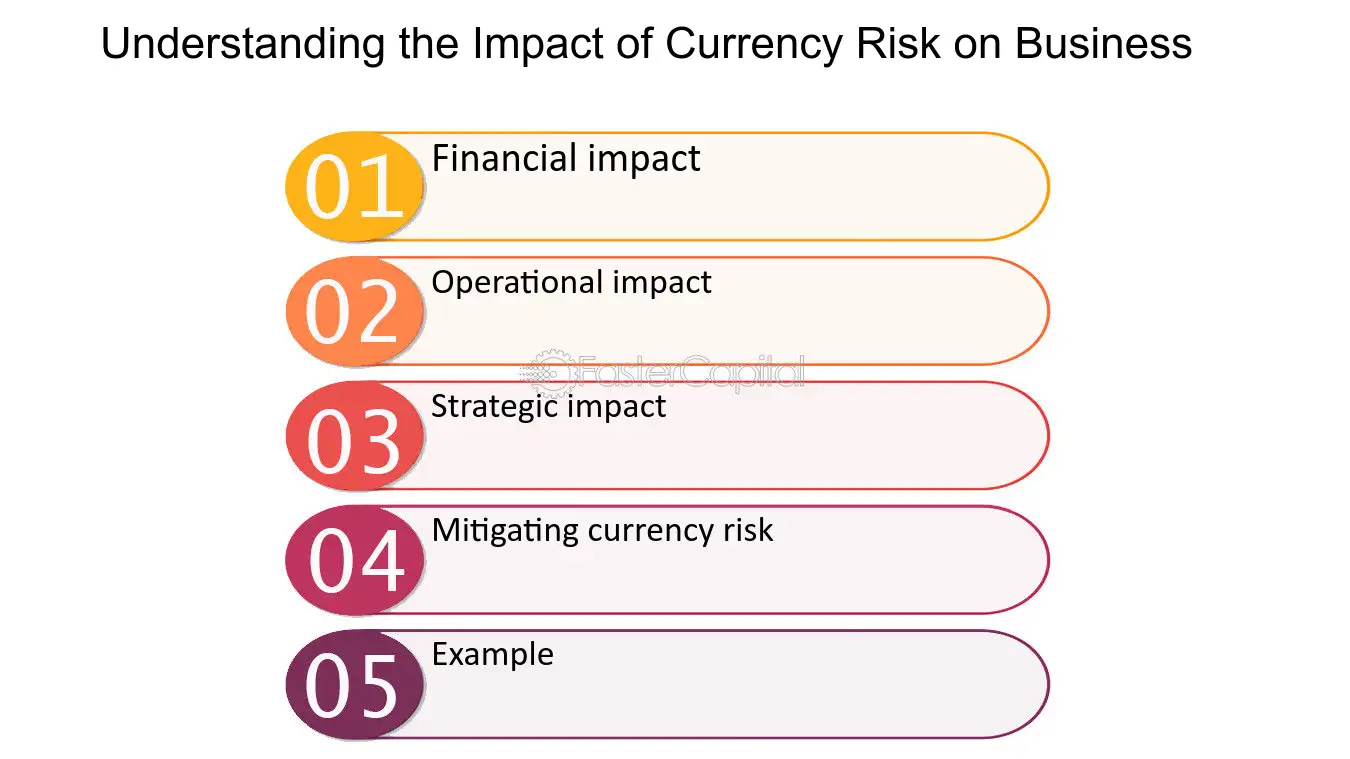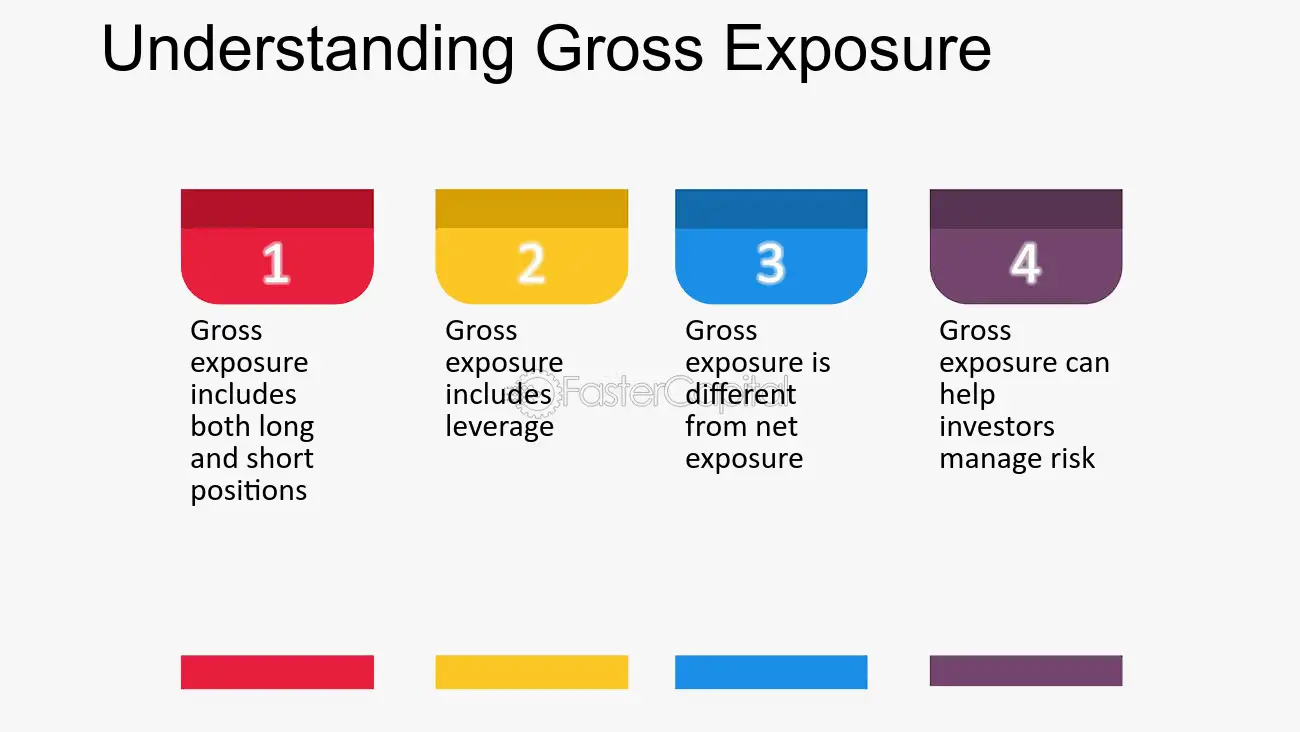The Importance of Net Exposure in Hedge Funds

What is Net Exposure?
Net exposure is the difference between a fund’s long and short positions. Long positions refer to investments that are expected to increase in value, while short positions refer to investments that are expected to decrease in value. The net exposure is calculated by subtracting the value of the short positions from the value of the long positions.
Net exposure provides hedge fund managers with an indication of the fund’s overall market risk. A positive net exposure indicates that the fund is more exposed to market movements and has a higher potential for returns. On the other hand, a negative net exposure suggests that the fund is hedged against market movements and has a lower potential for returns.
The Role of Net Exposure in Risk Management
Managing net exposure involves balancing the fund’s long and short positions to achieve the desired level of risk and return. This requires careful analysis of market trends, economic indicators, and other factors that may impact the performance of the fund’s investments.
Benefits of Monitoring Net Exposure

Monitoring net exposure on an ongoing basis allows hedge fund managers to make informed investment decisions and adjust their portfolios as needed. By regularly assessing the net exposure, fund managers can identify potential risks and take appropriate actions to mitigate them.
Additionally, monitoring net exposure helps fund managers to maintain a diversified portfolio. By balancing long and short positions, managers can spread the risk across different asset classes and reduce the impact of individual investments on the overall performance of the fund.
Calculating and Managing Net Exposure in Hedge Funds
Calculating and managing net exposure is a crucial aspect of running a successful hedge fund. Net exposure refers to the overall risk and market exposure of a fund’s portfolio. It is calculated by taking the difference between a fund’s long positions (investments in assets expected to increase in value) and its short positions (investments in assets expected to decrease in value).
Managing net exposure involves making strategic decisions to minimize risk and optimize returns. Here are some key steps in calculating and managing net exposure:
- Identify long and short positions: The first step is to identify all the long and short positions in the fund’s portfolio. This includes analyzing the assets held by the fund and determining their expected performance.
- Calculate net exposure: The net exposure is calculated by subtracting the weighted short positions from the weighted long positions. This provides an indication of the fund’s overall market exposure and risk.
- Monitor and adjust: After calculating the net exposure, it is important to continuously monitor and adjust the portfolio to maintain the desired level of risk and market exposure. This may involve rebalancing the portfolio by adjusting the weights of the long and short positions or making new investment decisions.
- Risk management: Managing net exposure also involves implementing risk management strategies to protect the fund from potential losses. This may include setting stop-loss orders, diversifying the portfolio, or using hedging techniques.
Overall, calculating and managing net exposure is a complex process that requires careful analysis and decision-making. By effectively managing net exposure, hedge fund managers can optimize returns and mitigate risks, ultimately leading to the success of the fund.

Emily Bibb simplifies finance through bestselling books and articles, bridging complex concepts for everyday understanding. Engaging audiences via social media, she shares insights for financial success. Active in seminars and philanthropy, Bibb aims to create a more financially informed society, driven by her passion for empowering others.
